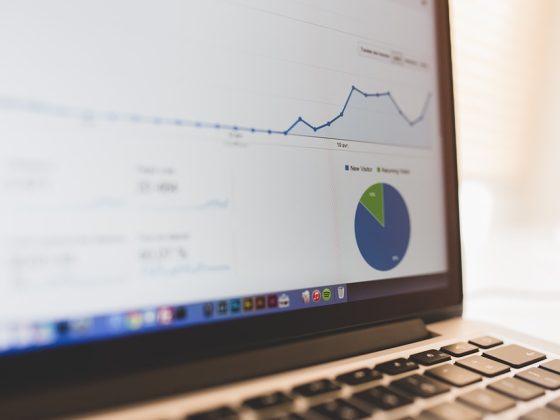end of the article.
In today's fast-paced and competitive business world, companies of all sizes are turning to business analytics to gain a competitive edge. With the explosion of data in the digital age, businesses have more information at their fingertips than ever before. By harnessing the power of analytics, companies are able to make better decisions, drive growth, and increase profitability.
Business analytics is the practice of using data to analyze and interpret business performance and trends. By collecting, cleansing, and analyzing data from various sources, businesses can gain valuable insights into their operations, customers, and competitors. These insights can help companies identify opportunities for growth, optimize operations, and improve decision-making.
One of the key benefits of business analytics is that it enables companies to make data-driven decisions. Rather than relying on gut instinct or outdated information, companies can use data analytics to make informed decisions based on real-time data. This can lead to better outcomes, increased efficiency, and improved competitiveness in the market.
Another advantage of business analytics is that it can help companies uncover hidden patterns and trends in their data. By analyzing large volumes of data, companies can identify correlations and patterns that may not be apparent through traditional analysis methods. This can provide valuable insights into customer behavior, market trends, and operational inefficiencies.
Furthermore, business analytics can help companies improve their operational efficiency. By analyzing data on key performance indicators (KPIs), companies can identify areas where they are underperforming and make changes to improve their performance. This can lead to cost savings, increased productivity, and a more streamlined and efficient operation.
Business analytics can also help companies improve their marketing and sales efforts. By analyzing customer data, companies can gain insights into customer preferences, behavior, and buying patterns. This information can be used to tailor marketing campaigns, improve customer engagement, and drive sales growth.
In addition to these benefits, business analytics can also help companies mitigate risks and identify opportunities for growth. By analyzing historical data and trends, companies can anticipate market changes, identify potential risks, and develop strategies to address them proactively. This can help companies stay ahead of the competition and navigate uncertain business environments.
Overall, the power of business analytics lies in its ability to transform data into actionable insights. By leveraging the latest analytics tools and technologies, companies can unlock the full potential of their data and drive success in the business world.
FAQs:
Q: What is the difference between business intelligence and business analytics?
A: While business intelligence focuses on reporting and visualizing data to monitor performance and make decisions, business analytics goes a step further by using predictive and prescriptive analytics to generate insights and drive action.
Q: What are some common applications of business analytics in the business world?
A: Some common applications of business analytics include customer segmentation, demand forecasting, sales and marketing analytics, supply chain optimization, and risk management.
Q: How can small and medium-sized businesses benefit from business analytics?
A: Small and medium-sized businesses can benefit from business analytics by gaining insights into their operations, customers, and competitors. By leveraging analytics tools, SMBs can make better decisions, optimize their operations, and drive growth.
Q: What are some challenges in implementing business analytics in a business?
A: Some challenges in implementing business analytics include data quality issues, lack of skilled analysts, and difficulty in integrating data from disparate sources. However, with the right strategy and tools, businesses can overcome these challenges and harness the power of analytics to drive success.











